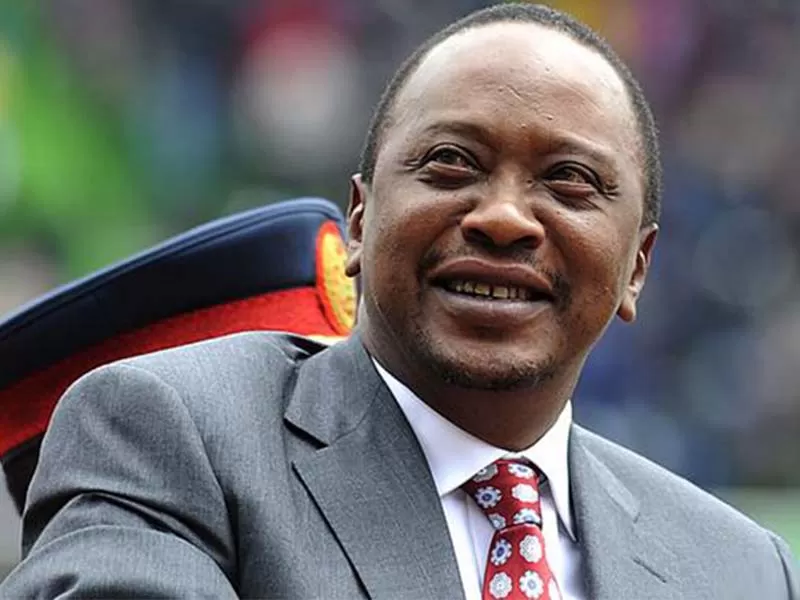A report released by the World Bank has revealed that economic policies pursued by former president Uhuru Kenyatta favored Kenyan billionaires and punished the poor.
The report about the state of Kenyan economy says that the gap between the rich and poor has remained wide since 2015. It only narrowed between 2005 and 2015 when the late Mwai Kibaki was the president.
World Banks has faulted the structure of Kenya’s economy for failing to lift millions from poverty, especially under the Kenyatta regime which scored 5% economic growth.
“Though economic growth contributed significantly to poverty reduction in Kenya, growth has become less pro-poor in recent years.
“Robust GDP per capita growth since 2005, along with growth in private consumption, saw the share of the population living below the international poverty line fall from 43.9 to 33.4 % (2015-2019).” ” World Bank stated in the report.
Analysts also agree with the Central Bank of Kenya who also accused Kenyatta’s trickle-down structure of failing to create jobs and increase incomes for families.
CBK Governor Patrick Njoroge in 2019 said that households have not felt Gross Domestic Product (GDP) growth, arguing that billions pumped in infrastructure projects did not spread to the working Kenyans.
Uhuru regime recorded massive job cuts, freezes in hiring and near-stagnant wages as average companies struggled to shield their profit margins.
The regime spent heavily on scandalous infrastructure projects to make up for decades of President Daniel Moi ‘s regime which recorded stunted economic growth and under-development.
Uhuru started his tenure started with the construction of the controversial Standard Gauge Railway from Mombasa to Naivasha where Sh500 billion loan from China was pumped.
Kenyatta took over from the late Mwai Kibaki who improved the country’s economy from negative to GDP growths with more than 5%. Kibaki ended despot Moi’s 24 years of corruption, oppression and economic failure.
Latest data from the Kenya National Bureau of Statistics (KNBS) data show that Kenya’s annual gross national income (GNI) per capita increased by 11.6% to reach Sh241,467 ($1,979) in 2021, up from Sh216,337 ($1,773) in 2020.
KNBS says that average monthly income for Kenyans increased at the fastest speed in six years to Sh20,123 last year as the economy struggled to recover from the shocks of Covid-19 pandemic.
But the World Bank noted that income growth has been skewed to the favor the rich and hoodwink the middle class.
“This trend reflected increases in national income rather than significant shifts in resource distribution which remains too skewed for inclusive growth,” said the World Bank. “Inequality in Kenya fell between 2005-2015 but has stagnated through 2019.”
The benefits of Kenyatta’s economy were not equally distributed, leading to the increased widening of the gap between the rich and the poor.
Kenya has the highest number of super-rich individuals in East and Central Africa region and it’s growing the fastest. But only a minority of Kenyans are amassing wealth and reaping the benefits of economic growth.
The richest who only some 10% of Kenya’s population earn 23 times more than the poorest 10 per cent. And only 358,833 or 15 per cent are earning more than Sh100,000 per month.
Forty per cent of employed Kenyans are paid less than Sh50,000 per month and at more than 51,770 are earning way below the national average of Sh20,123.
And Knight Frank’s Wealth Report shows that Kenya was home to 3,362 dollar millionaires at the end of 2021 but the number is expected to grow to 4,274 by 2026.


















